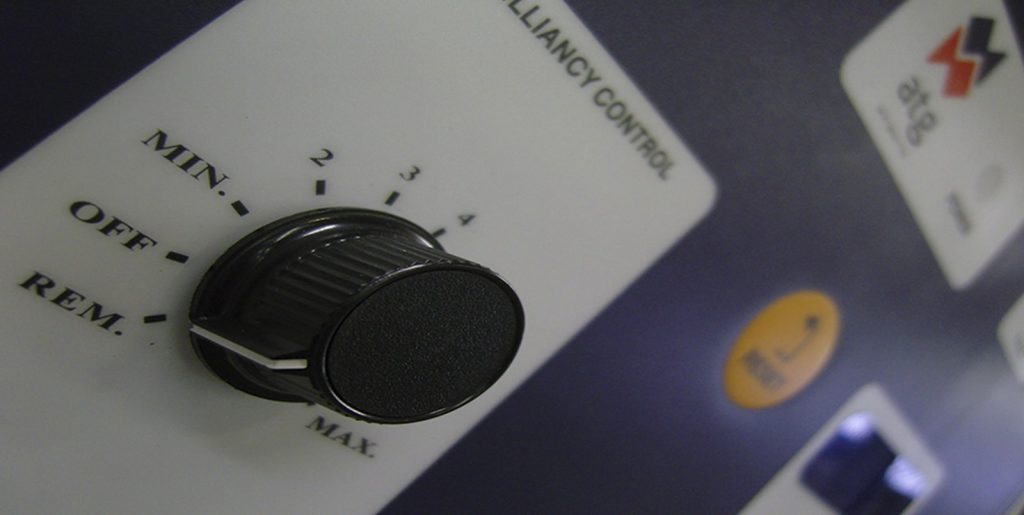The Historic seaside town of St Andrews is more commonly known for a lush green golf course and it’s university, which most tourists flock to see. One place that is usually not on the vistor’s list is the military airfield situated very close to the town. Over many years, however, this airbase has been a key strategic location for the Royal Air Force, with Tornado F3 and Typhoon class aircraft patrolling the skies to defend UK airspace. The station was re-rolled in 2015, but is still maintained as a relief airbase for aircraft that are usually based at RAF Lossiemouth.
As part of the maintenance requirements, it is necessary to keep the Airfield Ground Lighting (AGL) equipment operational, as it may be needed at a moment’s notice. Transforms Mains Supply equipment (TMSe) was used to power the taxiway lighting circuits, but this equipment has gradually be faded out of service. To ensure the circuits can still be operated, the TMSe’s will be replaced with constant current regulators. The micro controlled CCR’s have additional safety and maintenance features as standard when compared to the TMSE. These applications include, open circuit detect, insulation resistance measurement, earth leakage detection, and also percentage lamp fail monitoring.
ATG airports has been successful in securing the project to supply, install and commission the Micro 100 CCRs. The Modular Control System (MCS), that operates and monitors all the airfield ground lighting circuits, and ring road traffic lights, will be upgraded to accommodate the control and back indication for the regulators. This modification includes additional equipment being integrated in the MCS within the ‘B’ centre substation. On completion of this upgrade work, the taxiway circuits will be able to operate over three stages of brilliancy, rather than the two provided by the TMSE’s. This is now becoming a standard upgrade and modification for the MCS system.


